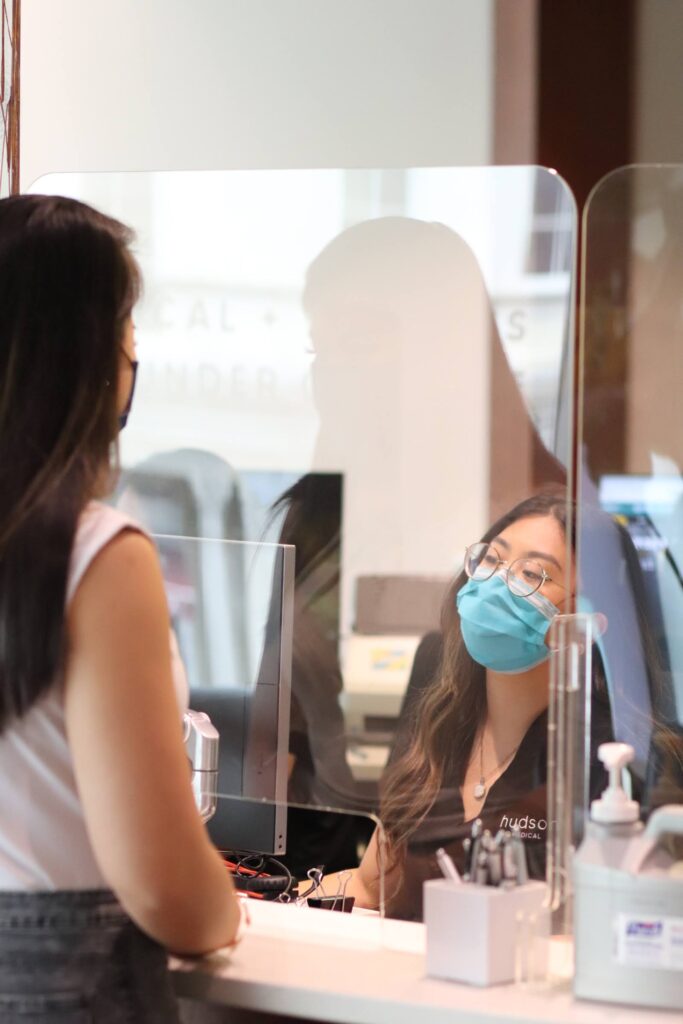Extracorporeal blood oxygenation and ozonation (EBOO) is an advanced form of ozone therapy that uses specialized equipment to filter your blood and expose it to a controlled mixture of ozone and oxygen.1
EBOO is being studied for its potential impact on antioxidant production, vascular health, and immune processes.
Studies have also noted the potential for EBOO to improve immune response by helping to inactivate pathogens. Ozone can oxidize or damage the outer layer of bacterial cells, making them vulnerable to disruption. This process hinders the activity of enzymes in these pathogens, which can lead to bacteria dying off or the inhibition of fungal growth.9
Check out our EBOO treatment summary to learn more.
Follow these tips as you prepare for your treatment.
There is no “right” way to feel after treatment. Immediate responses vary from person to person.
You may feel:
If you don’t feel 100% following your treatment, focus on rest and eating nutrient-dense meals.

This minimally invasive treatment is safe and most patients do not experience noticeable side effects. However, EBOO may not be for everyone. Certain health conditions and contraindications may make you ineligible for treatment. Contraindications include:
For a full list of contraindications please contact concierge@hudson.health.
During your treatment cellular bi-product is filtered into a collection cup. You may have seen online claims that this cellular bi-product is made of heavy metals, microplastics, parasites and more. But researchers are still studying these filtered bi-products to pinpoint their consistency. The contents (including color) of the bi-product collected in the cup may vary widely between patients and individual treatments. As we eagerly await conclusive research, we remain focused on how you respond to the treatment.
There is no single way you should expect to feel following your treatment. Immediate responses to EBOO are dependent on the person. Some patients feel an immediate boost in energy and mental clarity, as well as almost immediate pain relief. However, other patients have noted feeling lethargic and achy in the hours after their treatment. While some feel no different following their treatment.
With EBOO, we focus on the cellular benefits that accrue over time, which may include immune regulation, vascular health, tissue support, and inflammation reduction.
If you don’t feel 100% following your treatment, focus on getting adequate rest and eating nutrient-rich meals. Light exercise is also good to incorporate into your daily routine, as it can help with circulation. Your doctor may offer additional tips and instructions, including recommended vitamins and supplements.
EBOO therapy may be combined with other therapies like NAD+, Methylene Blue, and advanced vitamin IVs. However, complementary treatments are recommended on an individual basis. Your provider will assess your unique needs before exploring supplemental ways to maximize the benefits of your EBOO treatment.